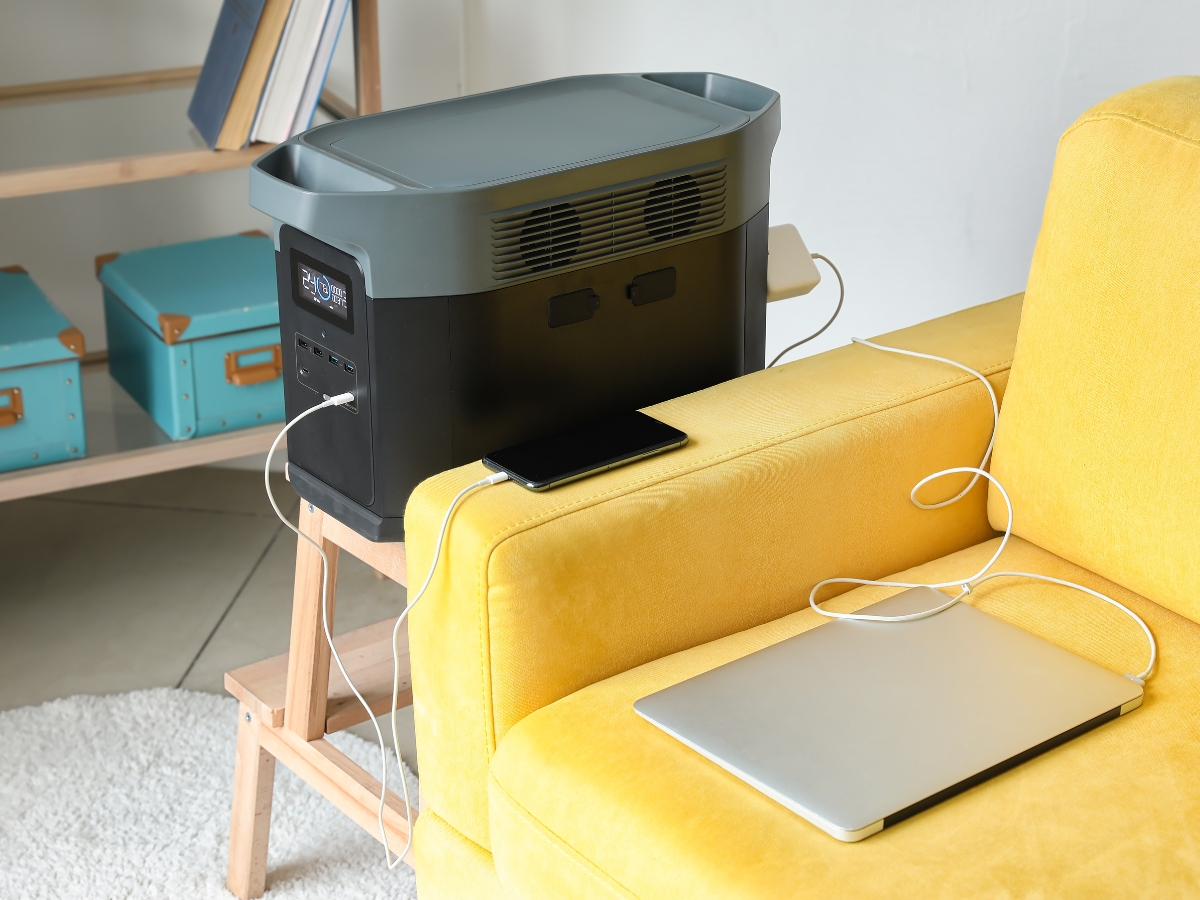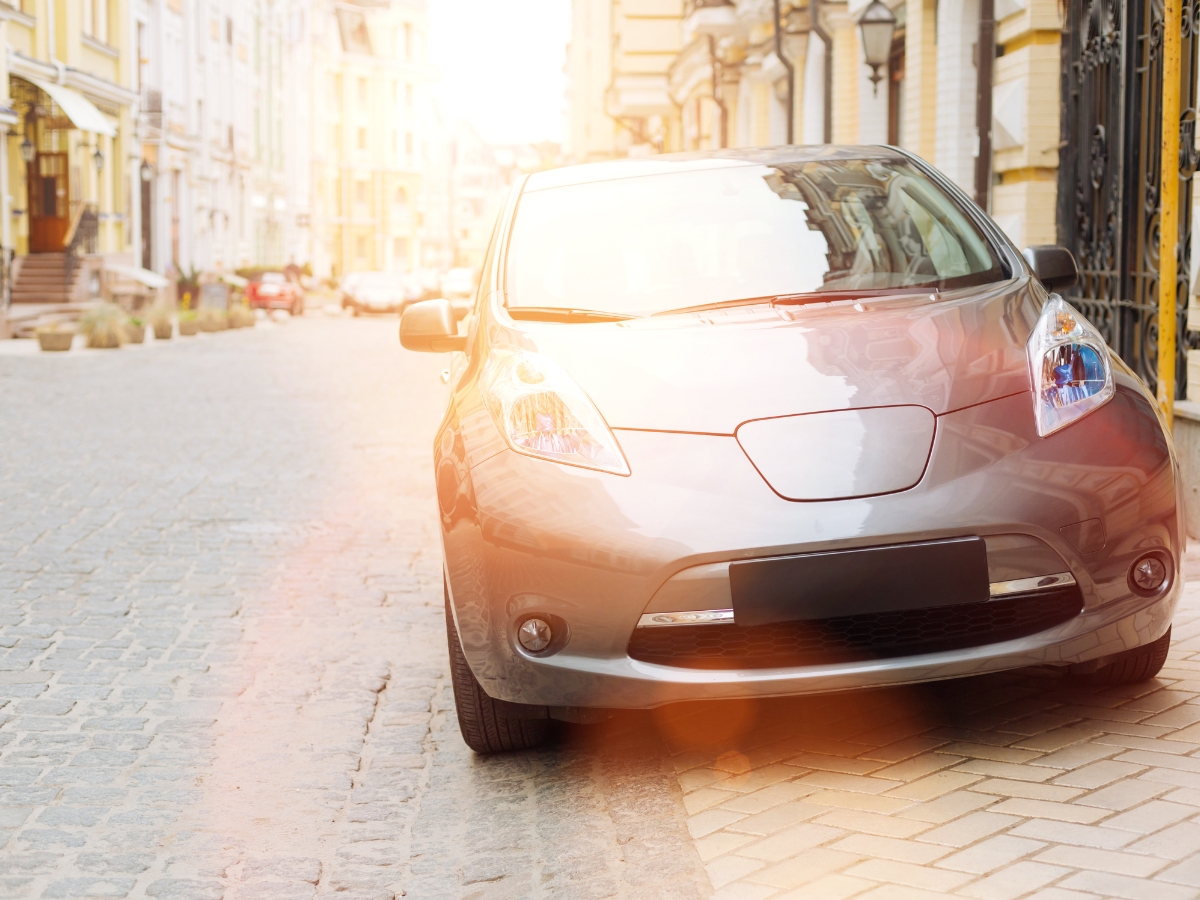Many people worldwide have a generator installed to run their house when disaster strikes. If you want to buy a generator to run your house, you may wonder about the correct wattage to invest in.
Standby generators typically range from 7kW-60kW, and it’s possible to work out how many watts the generator needs to produce to run your house.
The wattage requirement of all the appliances you want to run will indicate how many generator watts will be required to run your house. To comfortably run most of the essential appliances of a house, you will need a 20-25KW generator, whereas a fully powered house will require a 35KW+ generator.
Here are some of the key points that I’ll cover, plus more you’ll need to know:
- How to work out your home’s power requirement
- The difference between starting and running watts
- Examples of appliances’ average wattages
- What is the difference between maximum and rated power?
- Generac Guardian Series 10-24KW Generators
- Generac Protector Series 25-60KW Generators
When you are prepared to make do with only a few bare essential appliances, the watt requirement will allow you to invest in a smaller watt generator like a 10KW.
It all boils down to how comfortable you want to be when the main grid shuts down. Bigger is better when it comes to choosing a standby generator.

How Many Generator Watts To Run A House?
Investing in a generator that offers increased power capacity, ready to step in when power from the main grid decides to step out, is a smart move from your side.
Power cuts and outages due to storm damage, or maintenance being performed, is on the rise.
Any modern home has appliances that need to run when darkness, and powerlessness, set in.
The main question to answer, before you spend any money, is how much watts do your home’s appliances require to keep on running?
Another burning question: Do you want to power your whole house (what power cut?), or only partially (a few selected appliances)?
How To Work Out Your Home’s Wattage Requirement
The most efficient way to work out the confirmed wattage requirements of your home is to hire a professional electrician to do the arithmetic.
If you don’t want to spend extra money on such a service, you can work out a guestimate yourself using a Generator Wattage Calculator.
When calculating the wattage requirements of your home’s appliances, it is good to know that there are two types of watts that you need to record:
- Starting Wattage
- Running Wattage
What Is The Difference Between Starting and Running Wattage?
It is important to understand the difference between running and starting wattage when you use your math skills or a calculator (best option) to calculate the ideal size of your generator.
Starting Wattage
Starting wattage, commonly referred to as “surge wattage,” refers to the amount of power (watts) that it takes to start a device.
Starting watts usually applies to bigger appliances, with motors that require extra surge wattage to start, like the following:
- Electric Water Heaters
- Refrigerators
- Air Conditioners
- Washing Machines
- Clothes Dryers
- Power Tools
The starting wattage is normally 2-3 times the running wattage of the appliance, and this surge of wattage is often needed for only 3-5 seconds to kickstart the machine.
After the starting watts have started the appliance’s engine, it will decrease to the appliance’s running wattage.
For these machines’ motors to startup, it will require a short/brief boost of power to kickstart their “engines.”
You get to decide and choose which appliances you want to start up and run whenever a blackout occurs.
Running Wattage
The running wattage is the amount of power an appliance requires to run continuously. Some appliances do not require starting wattage, but all require running wattage to function.
How To Calculate Your Home’s Wattage Requirement
The wattage requirement of each home will slightly differ from the next because of the running and starting watts of different appliances.
Powering essential items refers to essential power, whereas powering your whole house is called full power.
Some people buy a generator to keep essential appliances running- air conditioners, refrigerators, sump pump, and a couple of lights- while others want their whole house to be powered-as if there’s no power outage occurring.
The recommendation when purchasing a generator is that you buy one that can power your full house, with some extra power as backup, so as not to damage the generator by continuously running at its peak load.
Whatever your budget allows for, you can calculate your power requirement by using the following easy steps:
Step 1 In Calculating Your Home’s Wattage Requirement
Start by making an in-depth list of all the appliances you want functioning when the lights go out.
Include all appliances you expect to use, or want to keep functioning, leaving out the ones you can bear to be without.
Step 2 In Calculating Your Home’s Wattage Requirement
Most devices include the starting wattage on the tag or the owner’s manual. You can get an estimate online if you can’t find the device’s starting wattage:
- Add all the relevant starting watts together, followed by the running watts. You should now have a starting watts total and a total of running watts.
- Take the appliance with the highest starting watts and add it to the running watts to get the minimum watts requirement for your home’s power needs, commonly referred to as a generator’s peak load.
Step 3 In Calculating Your Home’s Wattage Requirement
A different way of calculating your home’s power requirements, or generator needs, is to calculate according to the size of your home.
You can use the following online home generator sizing calculator to get an idea of the peak load requirements, or do the math yourself by following the averages below:
- Essential power only will require 3-5 watts per square foot.
- Full power requires 6-14 watts per square foot.
The above metrics will help you understand the power you will require before investing in a generator. Let us look at some examples:
Example Of Wattage Per Appliance
The following is a list of typical appliances that need to be powered in a house and the wattage of each one:
The above example indicates that you will require a generator capable of generating 36 740 W. The total running watts are added up, together with the appliance with the highest starting watts.
In most cases, only one item will cycle or start simultaneously, making this the most accurate estimate. A generator of 38,000 W would be recommended in this scenario.
When purchasing a generator, you must know the following numbers and their meaning:
- Maximum Power: The maximum power is the maximum power output that the generator can produce; typically, this level can be maintained only for half an hour.
- Rated Power: The rated power indicates the generator’s full power (about 90% of the maximum power rating), and this power level can be maintained for long periods. Look out for this power rating when deciding on a generator.
An Example Of Powering Essential Items Only
Instead of the full power scenario explained above, let us look at an example of how to work out what generator you will require when essential power is required.
| Appliances | Starting Watts | Running Watts |
| Central Aircon: (10,000 BTU) | 4,500 W | 1,500 W |
| Refrigerator/Freezer | 2,200 W | 700 W |
| Internet Router | 5 W | 15 W |
| Laptop | 0 W | 50 W |
| Electric Water Heater | 0 W | 4,000 W |
| Microwave | 0 W | 1000 W |
| Light Bulb (Led) | 0 W | 9 W |
| Total | 6,705 W | 7,274 W |
| Add Item With Highest Starting Watts To Total Running Watts | 4,500 W | 7,274 W |
| Total Wattage Required | N/A | 11,774 W |
In the above example, where only some essential appliances are powered, you would require a smaller powered generator. In this case, a generator capable of producing 13,000 W would suffice.
Generac Standby Home Generators
After working through the information mentioned above, and you are sure of your home’s specific power requirements, it’s helpful to know which generators on the market are considered a good investment.
Generac Guardian Series 10-24KW Generators
Generac is one of the leading in the home standby generator market. With the Generac Guardian Series of generators that range from 10-24KW, they have ensured to keep the homeowners looking to power only essential appliances and looking to power a moderately small home fully covered.
Special features included in these generators are:
| Generac Guardian Series: Special Features | Description Of Feature |
| G-Force Engine | Pressure-lubricated engines require less routine maintenance than other competitive engines. |
| Generac Evolution Controller | Multilingual LCD allows users to monitor battery status and track maintenance intervals. |
| True Power Technology | Delivers a best-in-class power quality, less than five percent total harmonic distortion allows for the smooth operation of sensitive appliances and electronics. |
| Nema 3R (100-Amp) | Indoor/Outdoor rated transfer switch with an aluminum enclosure that powers 16 circuits. |
| Quite-Test | A Self-Test Mode that runs a lower RPM for a 5 or 12-minute test-Making generators significantly quieter while consuming less fuel. |
| RhinoCoat | Durable all-aluminum enclosures with a powder-coated finish make it corrosion-resistant. |
| Mobile Link Remote Monitoring | It allows you to monitor your generator’s status from anywhere in the world via smartphone, PC, or tablet. |
| Alexa Smart Home | Connect your generator to Wi-Fi and add the Mobile Link to your Amazon Alexa app and ask, “Alexa, ask Mobile Link if I’m ready for a power outage?” |
- Generac Guardian Series-7172-10KW
- Generac Guardian Series-7224-14KW
- Generac Guardian Series-7228-18KW
- Generac Guardian Series-7077-20KW
- Generac Guardian Series-7043-22KW
- Generac Guardian Series-7210-24KW
- Remote Monitoring Anywhere: With Generac 7043 22kW Mobile Link Wi-Fi connectivity, effortlessly track generator performance from anywhere. Stay...
- Whole House Protection: Enjoy comprehensive coverage with Generac's 200 Amp NEMA 3R smart switch, designed for outdoor use with an aluminum...
- Long-Term Assurance: Backed by a 5-Year Limited Warranty, this automatic transfer switch delivers lasting performance and peace of mind, ensuring...
Generac Protector Series 25-60KW Generators
Generac’s Protector Series is about small units packing a massive power punch. The Protector Series caters to people looking to power their whole house or a more extensive list of essential items.
These machines have clean-burning engines with a continuous fuel choice between natural gas and liquid propane.
Special features included in this range include:
| Generac Protector Series: Special Features | Description Of Features |
| Evolution Controller | Upgrades include USB Flash capability, voltage adjustment, smart battery charging, and backlit membrane pad-style buttons. |
| 18” Offset | The only manufacturer of standby generators that can install a generator a mere 18” from a structure. |
| Additional Features | Improved electrical connections and stub ups, decreasing installation costs, eliminating the need for crimping or lugging. |
- Generac Protector Series-RG025-25KW
- Generac Protector Series-RG027-27KW
- Generac Protector Series-RG030-30KW
- Generac Protector Series-RG032-32KW
- Generac Protector Series-RG036-36KW
- Generac Protector Series-RG038-38KW
- Generac Protector Series-RG045-45KW
- Generac Protector Series-RG04845-48KW
- Generac Protector Series-RG06045-60KW
References:
- 🥇 List of Electric Appliances & Wattage Usage Chart (2021 UPDATE) (generatorist.com)
- The 7 Best Home Generators of 2021 (thespruce.com)
- Generator Estimate | AlltimePower
- Generator Wattage Calculator – Last Step – Power Stuffs
- Standby Generator FAQ (alltimepower.com)
- Generator Guide: What Generator Should You Buy? | Choosing a Generator | SGS / Help & Advice (sgs-engineering.com)
- What Appliances Can I Run With My Generator? (totalenergysolutions.com)
- Best Standby Generators of 2021 | Reviews & Buying Guide – Generator-Review.com
- 5 Best Standby Generators 2021 – Whole House Generator Reviews (popularmechanics.com)
- Best 30kW Generator Review 2019 – Top 30 Kilowatt Generators For Sale (bestgenerators.org)




